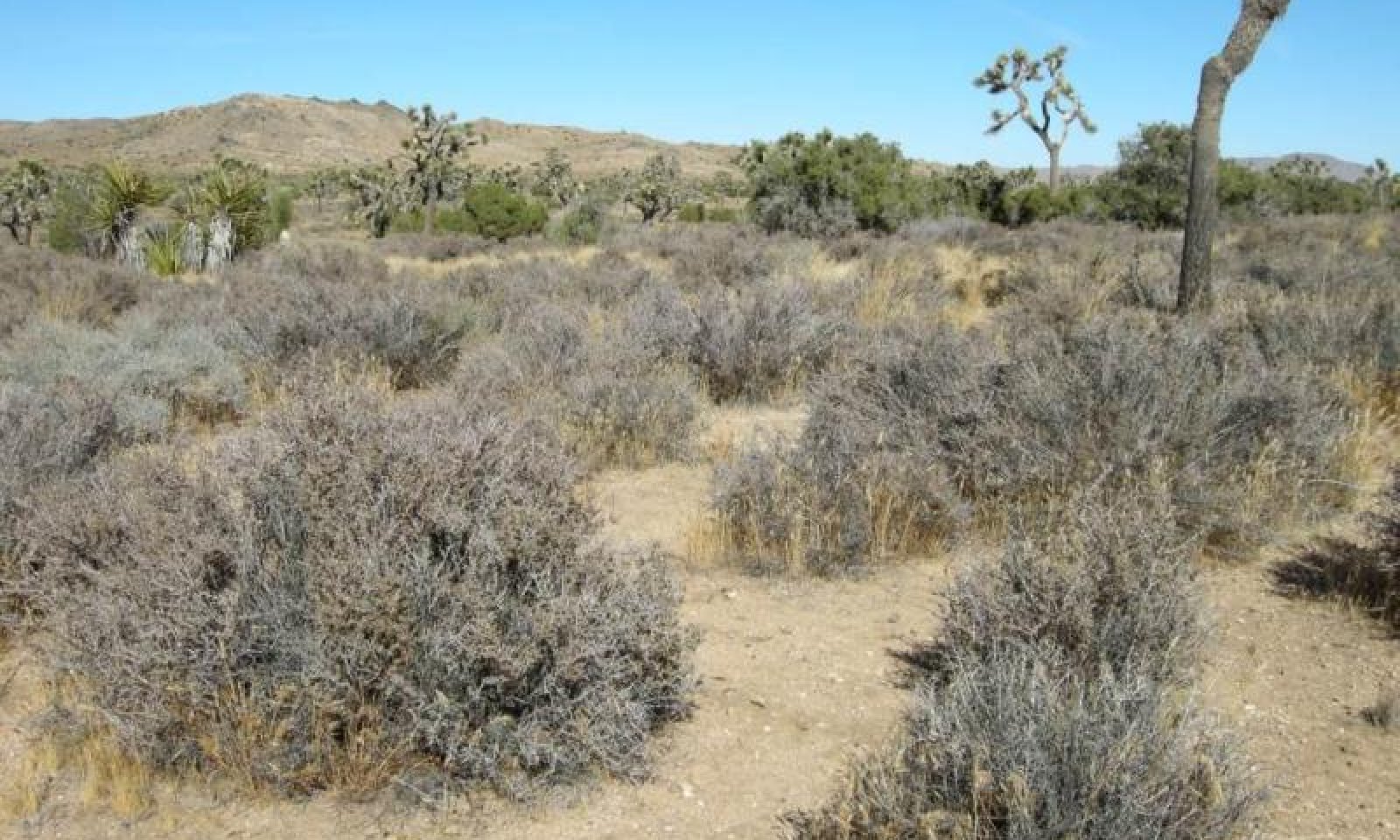
Cool Deep Sandy Fans
Scenario model
Current ecosystem state
Select a state
Management practices/drivers
Select a transition or restoration pathway
- Transition T1A More details
- Transition T2A More details
- Restoration pathway 1 More details
-
No transition or restoration pathway between the selected states has been described
Target ecosystem state
Select a state
Description
This state is similar to State 2.0, but Historic State 1.0 contains only native species. If dynamics were included in this state, they would be similar to those displayed in State 2.0. The presence of non-native species in State 2.0 may increase fire frequency and intensity from that experienced in Historic State 1.0.
Description
There are three community phases maintained by the current natural conditions for this ecological site.
Submodel
Mechanism
Non-native forbs and grasses are introduced to the Historic State. There may be only a trace amount of non-native species present. Non-native species are well adapted to the desert climate. Attempts to eradicate this species may be futile as seed sources are widespread throughout the state of California and the Southwest.
Mechanism
This transition occurs with repeat or high intensity fire that permanently removes blackbrush from the plant community.This transition is most likely to occur when the interstitial spaces between shrubs are filled with dried annual species, especially non-native grasses.
Mechanism
Restoration of arid desert communities severely altered by repeat fire at the landscape scale is very difficult (Allen 1993). Reducing invasion of non-native grasses that increase after fire may help promote native plant recovery, and reduce the probability of repeat burning (Fuhrmann et al. 2009, Matchett et al. 2009, Steers and Allen 2010); however, accomplishing this at a landscape scale, for a time period long enough to be effective, has not yet been accomplished. In small-scale trials, Fusilade, a grass-specific herbicide, was successful in reducing invasive grasses in burned creosote bush communities in the Colorado Desert in the initial three years after fire (Steers and Allen 2010). The long-term efficacy of such treatments on a landscape scale, and non-target effects have not yet been determined. The pre-emergent herbicide Plateau was applied in conjunction with aerial seeding of natives after fire in Zion National Park (Fuhrmann et al. 2009, Matchett et al. 2009). Initial results indicate that autumn application of Plateau after fire is most effective for reducing cheatgrass (Bromus tectorum), but longer-term monitoring is needed to evaluate long-term and non-target effects. In addition to controlling invasive species, active recovery of native vegetation may be attempted. Methods may include seeding of early native colonizers such as desert globemallow, burrobrush, threeawns (Aristida spp.), and desert marigold (e.g. Abella et al. 2009, Abella et al. 2012). Increased native cover may help to reduce non-native plant invasion, helps to stabilize soils, provides a source of food and cover for wildlife, including desert tortoise (Gopherus agassizii), and provides microsites that facilitate blackbrush establishment. However, the amount of seed required for success is often prohibitive. Large-scale planting of both early colonizers and community dominants tends to be more successful in terms of plant survival, especially if outplants receive supplemental watering during the first two years (Allen 1993). Blackbrush is difficult to cultivate for outplanting due to susceptibility to fungal pathogens in the greenhouse environment, and California juniper is difficult to germinate.
Model keys
Briefcase
Add ecological sites and Major Land Resource Areas to your briefcase by clicking on the briefcase (![]() ) icon wherever it occurs. Drag and drop items to reorder. Cookies are used to store briefcase items between browsing sessions. Because of this, the number of items that can be added to your briefcase is limited, and briefcase items added on one device and browser cannot be accessed from another device or browser. Users who do not wish to place cookies on their devices should not use the briefcase tool. Briefcase cookies serve no other purpose than described here and are deleted whenever browsing history is cleared.
) icon wherever it occurs. Drag and drop items to reorder. Cookies are used to store briefcase items between browsing sessions. Because of this, the number of items that can be added to your briefcase is limited, and briefcase items added on one device and browser cannot be accessed from another device or browser. Users who do not wish to place cookies on their devices should not use the briefcase tool. Briefcase cookies serve no other purpose than described here and are deleted whenever browsing history is cleared.
Ecological sites
Major Land Resource Areas
The Ecosystem Dynamics Interpretive Tool is an information system framework developed by the USDA-ARS Jornada Experimental Range, USDA Natural Resources Conservation Service, and New Mexico State University.




